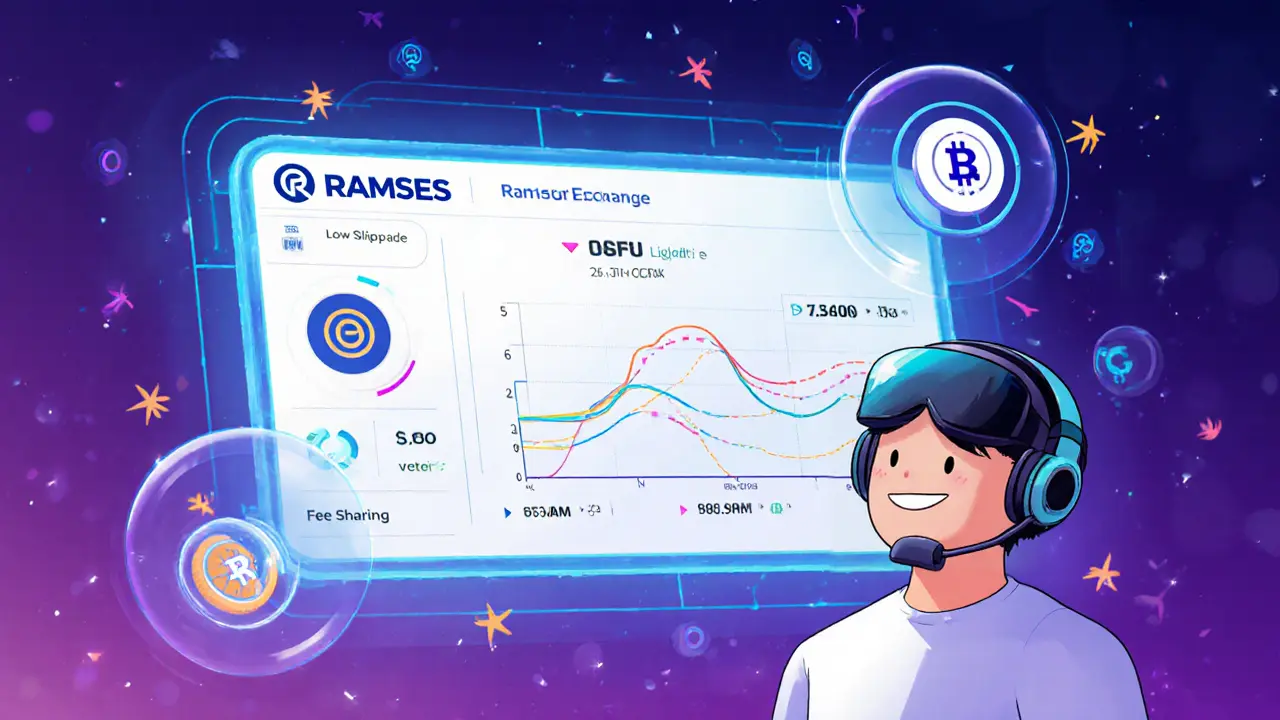In-depth Ramses exchange review covering tech, tokenomics, multi-chain rollout, user guide, pros/cons, and FAQs for crypto traders.
Arbitrum Decentralized Exchange: All You Need to Know
When working with Arbitrum decentralized exchange, a layer‑2 DEX that runs on the Arbitrum rollup, offering cheap swaps and near‑instant finality. Also known as Arbitrum DEX, it keeps Ethereum‑level security while moving most transaction work off‑chain. The underlying Arbitrum, an optimistic rollup scaling solution for Ethereum provides the throughput needed for popular DEXs like Camelot, a DeFi platform that uses the Arbitrum DEX for token swaps and liquidity mining. Camelot’s native GRAIL token, an incentive token that rewards liquidity providers and traders further illustrates how token economics drive participation on this layer‑2 network. Arbitrum decentralized exchange encompasses low‑fee token swaps, requires liquidity providers to lock assets, and leverages smart‑contract security to protect funds.
What Makes the Arbitrum DEX Unique?
The Arbitrum DEX ecosystem thrives on three core pillars. First, liquidity providers, users who supply token pairs to earn fees and rewards fuel the market depth that keeps slippage low. Second, the rollup’s optimistic verification, a fraud‑proof system that assumes transactions are valid unless challenged speeds up block finality without sacrificing security, which directly influences DEX performance. Third, integration with incentive programs like Camelot’s GRAIL token aligns trader behavior with network health, creating a feedback loop where higher volume attracts better rewards, and better rewards attract more volume. These relationships mean that a trader on the Arbitrum DEX can enjoy cheaper gas, faster confirmation, and extra token incentives—all while staying within the Ethereum security model.
Our collection below pulls together practical guides, deep dives, and real‑world case studies that flesh out every aspect mentioned here. You’ll find a technical walk‑through of blockchain immutability, step‑by‑step airdrop tutorials, reviews of centralized and decentralized exchanges, and analyses of liquidity models such as single‑sided versus dual‑sided pools. Each article is chosen to help you navigate the fast‑moving Arbitrum DEX landscape, whether you’re a beginner figuring out how to swap a token or an experienced trader optimizing GRAIL rewards. Dive in to see how the concepts we just covered play out across actual platforms, tokenomics, and on‑chain metrics.

